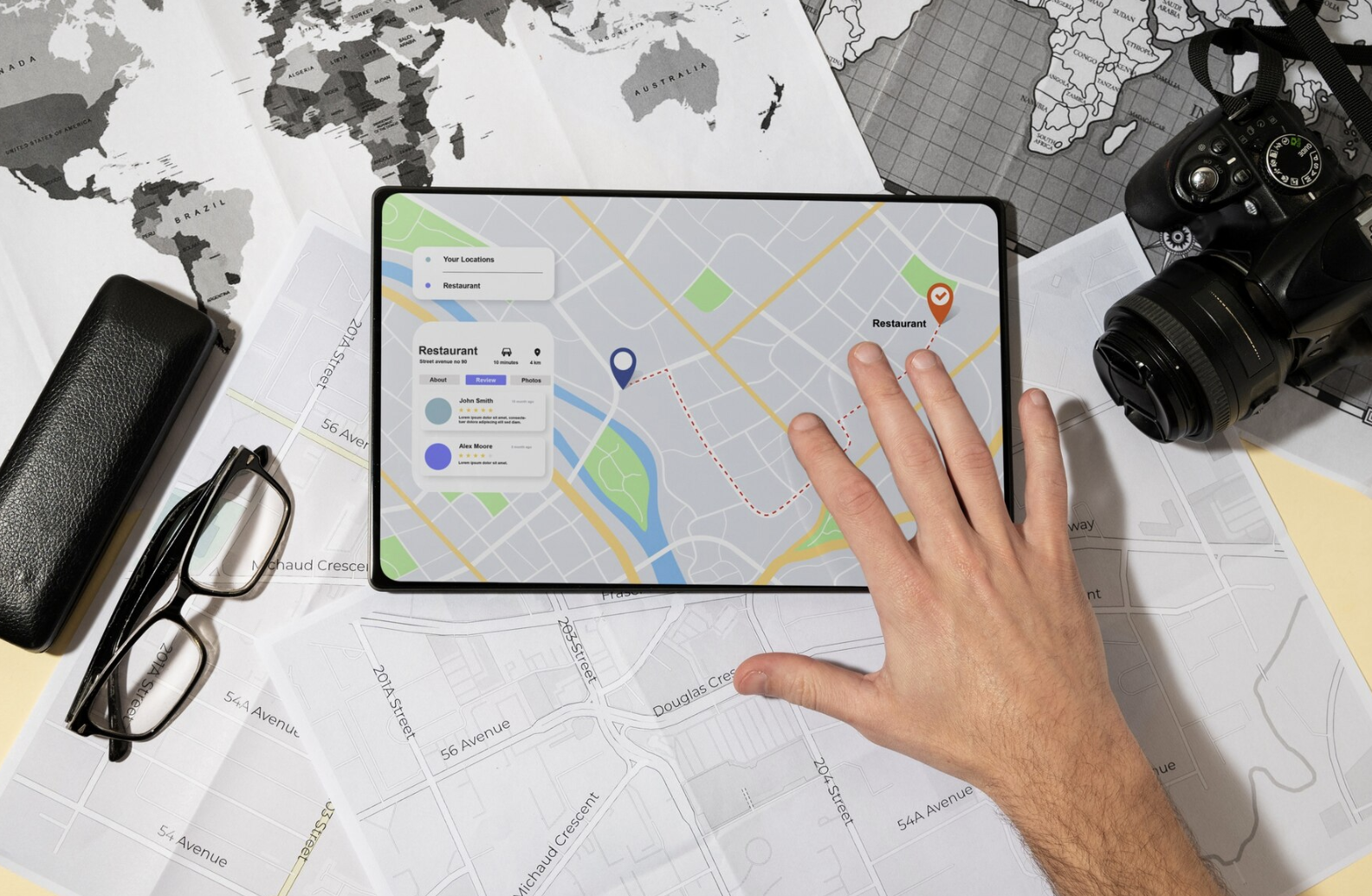Modern workplaces demand practical systems that allow for clear oversight without adding complexity to daily routines. GPS-enabled time tracking presents one such approach. By automatically recording time and location data, it simplifies a range of administrative tasks while supporting accountability, budget accuracy, and reliable reporting. Whether used in field-based operations, remote working environments, or multi-location teams, this technology helps organisations understand how time is spent and how resources are distributed.
Clarity Through Digital Time Recording
Recording work hours with location data introduces a higher level of precision to workforce management. Staff members working across multiple sites, operating vehicles, or moving between clients no longer need to rely on manual entries or paper-based logs. By incorporating GPS enabled time tracking, managers receive a structured view of time patterns, attendance, and task completion, which supports more grounded assessments of staff performance and team capacity.
Rather than depending on self-reported timesheets or static punch clocks, GPS-enabled systems offer a dynamic alternative. This creates a more consistent record-keeping structure, reducing the likelihood of oversight or delay in administrative processes. Over time, it becomes easier to identify gaps in coverage, recurring inefficiencies, or the need for reallocation of tasks.
Strengthening Everyday Operations
More Predictable Output
When staff know their attendance and locations are automatically recorded, routines tend to become more stable. With fewer variables left to individual reporting, teams operate with greater consistency. This steady pace benefits project delivery timelines, customer service expectations, and team coordination.
Reliable Labour Costing
Accurate time data contributes directly to payroll accuracy. Rather than estimating hours or resolving disputes after the fact, organisations can draw on clear records to calculate pay. This is particularly helpful for firms managing overtime, part-time roles, or rotating schedules.
Improved Clarity Around Expectations
Automated records help define professional boundaries and working hours. With expectations established, both supervisors and team members gain a better understanding of what is required. This contributes to fewer misunderstandings and smoother collaboration.
Fewer Interruptions From Administrative Tasks
Automating clock-in/clock-out processes frees staff from routine paperwork and reduces errors that arise from manual input. Whether operating in a large workforce or a small team, this approach saves time and reduces the administrative load on payroll and HR departments.
Streamlined Records Management
Digital logs are easier to store, retrieve, and review. For businesses subject to audits, service-level agreements, or internal compliance checks, the availability of structured data supports quick response and accurate documentation.
Applications Across Varied Work Settings
Logistics and Field-Based Services
Companies managing fleets, deliveries, or mobile field teams often face challenges related to tracking time spent on location or en route. GPS-based systems resolve these gaps by providing a continuous record of movement and service intervals. This also supports planning for maintenance, rerouting, or response to delays.
Construction and Infrastructure
Projects that span multiple sites or rely on subcontracted teams benefit from accurate time and location logs. Contractors can better assess productivity, plan for inspections, and track time spent on key project phases. This contributes to more reliable budgeting and improved coordination.
Healthcare and Personal Support
In sectors where staff visit clients at home or provide mobile care services, GPS tracking confirms when appointments take place. It offers assurance to both clients and service providers that care is being delivered on schedule, while also creating records useful for regulatory documentation and quality assurance.
Retail and Consumer Services
Multi-site retail operations often face scheduling issues and absenteeism tracking challenges. GPS-linked attendance systems simplify oversight across branches. Managers can review coverage in real time, make adjustments to staff allocation, and detect patterns that may require further attention.
Manufacturing and Industrial Workflows
In production environments, knowing exactly when shifts start and end is critical. GPS-enabled records assist in managing rotation schedules, task durations, and unplanned absences. This helps manufacturers plan staffing needs around equipment availability, production targets, and delivery commitments.
Choosing a Suitable Tracking System
Before adopting a solution, organisations need to examine how their teams work, how mobile their workforce is, and what level of detail is required for compliance or billing purposes. Some platforms provide basic clock-in and location confirmation, while others offer full integration with payroll systems, job tracking modules, or task management tools.
It’s also important to consider whether the platform supports mobile devices, how data is stored and accessed, and whether the system can accommodate growth as the organisation expands. The quality of technical support, data security standards, and user training resources should also be reviewed during the selection process.
Setting Up GPS-Enabled Time Tracking
Assessing Business Requirements
Identifying the gaps in the current system helps determine what features are necessary. A business struggling with time theft, delayed reporting, or scattered scheduling will have different needs compared to one seeking a clearer audit trail or mobile support.
Evaluating Software Options in Context
Features should be weighed against practical use cases, ease of adoption, and ongoing maintenance needs. A tool that looks appealing in theory may fall short in day-to-day operations if it complicates workflows or demands too much manual configuration.
Introducing the System to Staff
Employees must understand how the system works, what information it collects, and how it benefits them as well as the wider organisation. Training should focus on both technical use and practical application, reducing friction during the transition period.
Reviewing System Performance Regularly
Initial rollouts may uncover areas for adjustment. Reviewing user feedback, monitoring data accuracy, and refining system settings allow the organisation to get the best possible results from the tool without disruption.
Prospects for Continued Development
Technology providers are continuously refining GPS tracking systems to improve compatibility, accuracy, and user experience. Developments in data analysis, machine learning, and mobile interfaces are expected to expand what these systems can offer.
Future updates may include more detailed productivity breakdowns, predictive alerts, and expanded integration with other tools, such as project management platforms, safety monitoring systems, or compliance dashboards. As work environments shift toward hybrid and remote models, tracking solutions will likely adapt to remain useful in both fixed and flexible contexts.

Final Perspective
GPS-enabled time tracking presents a methodical, structured way to record working hours and site locations. Its value lies in its ability to remove guesswork, reduce manual effort, and support informed decisions based on clearly documented activity. Across industries, this approach allows organisations to function with greater consistency, respond to challenges more quickly, and maintain accurate records without burdening staff with additional tasks.

